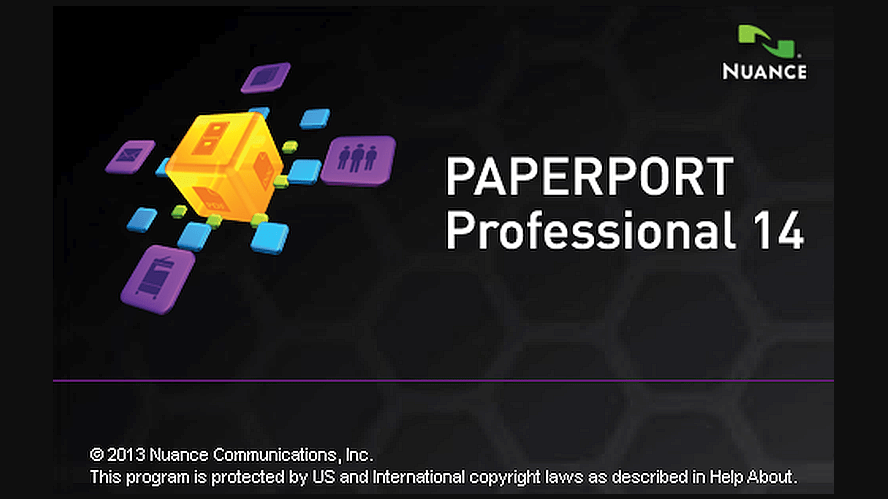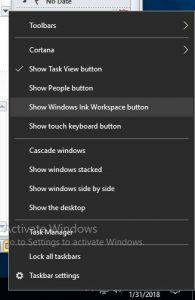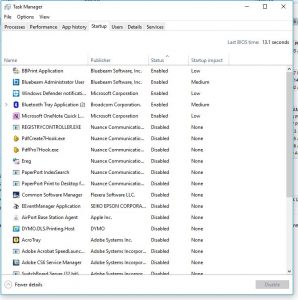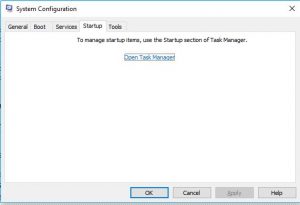
PaperPort has the following key in the registry:
HKEY_CURRENT_USER\Software\ScanSoft\PaperPort\PaperPort User Preferences
Set BrowserSelected to Internet Explorer and restart the computer. Paperport should now open.
How Can We Help You Today?

PaperPort has the following key in the registry:
HKEY_CURRENT_USER\Software\ScanSoft\PaperPort\PaperPort User Preferences
Set BrowserSelected to Internet Explorer and restart the computer. Paperport should now open.
Outlook 2010/2007

Step 1: Creating your HTML template
You should create your HTML email template as you would any normal HTML page. The rules are relatively straight-forward for this. Use tables and nested tables like you would for a 1998 era web-page. No background images, limited CSS. The cool, fancy stuff you can do with CSS3 is out.
Step 2: Getting your template into Outlook
Once you’ve built your email template as an HTML document with all of its images and styles you’ll need to open that HTML template in Internet Explorer. Once you have it displaying in IE you’ll need to send it to Outlook. You can do this by opening IE’s File menu and selecting Send. Hovering the Send option will give you the option of sending it as an email. Clicking this will open your new template in an Outlook Email window.
Step 3: Saving your template
First you must File > Save. Wait, you’re not done. Once you’ve saved the email you can then save the email template. Now you must File > Save As. Select the save as Outlook Template option in the selection list that appears in the dialogue that opens. You have now saved your template and can now use it.
To use an email message template, do the following:
Note: Changes made aren’t saved to the template. If you use the Save command, this creates a draft of your message, but won’t update the template. To update the template, follow the steps for saving a new template in Create an email message template.
We had a few issues where client could not type into the search bar in Cortana, skype or other apps BUT could use Edge and IE. This baffled us for a while as we changed keyboards & reloaded machines all to no avail.
After some research, we discovered that a bad windows update or a program installed can damage some files. Here is what we use to fix these issues:
If any of these functions like Start Menu, Settings, Search, Cortana, Microsoft Edge, Action Center and other Windows components are not responding, follow these below methods and check if it helps:
Method 1:
PowerShell -ExecutionPolicy Unrestricted
Get-AppXPackage -AllUsers |Where-Object {$_.InstallLocation -like “*SystemApps*”} | Foreach {Add-AppxPackage -DisableDevelopmentMode -Register “$($_.InstallLocation)\AppXManifest.xml”}
If the issue still persist, follow the below method.
Method 2:
When loading applications, they sometimes load parts of the program every time you start windows – these apps can slow your machine down when running applications, make startup very slow and at times cause ads to appear.
Its easy to turn off such apps and speed up your computer:


